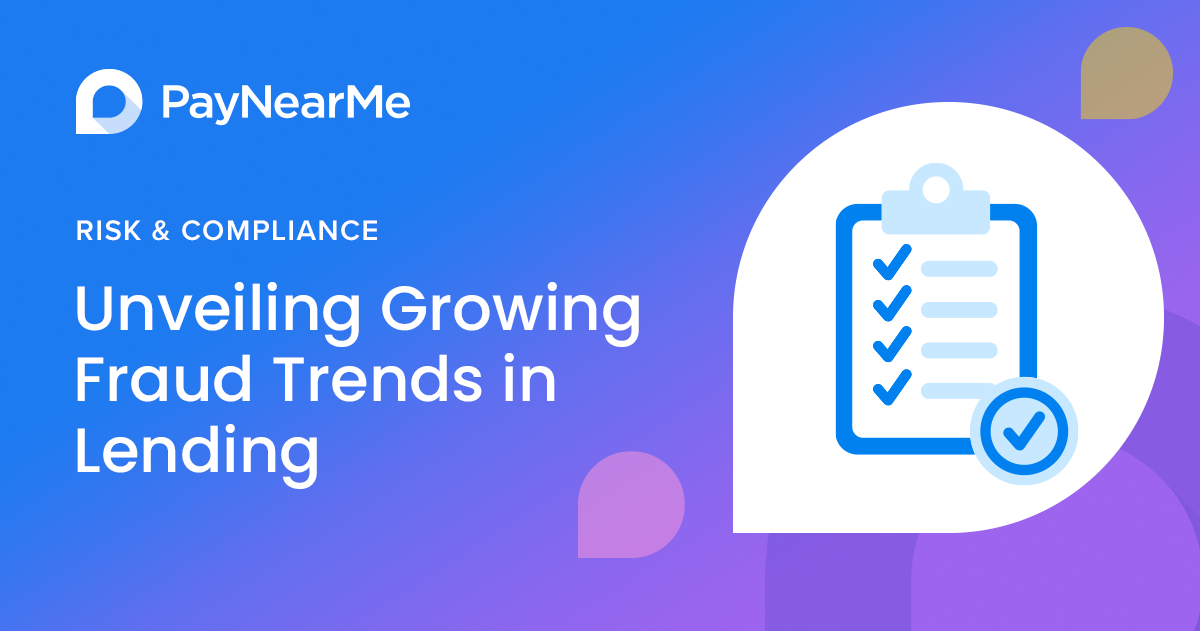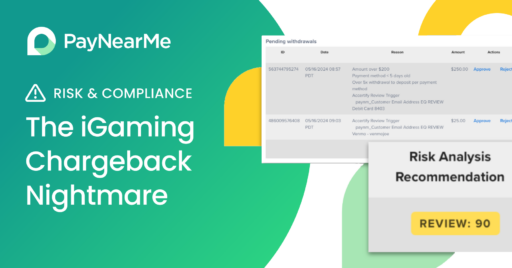Unveiling Growing Fraud Trends in Lending: Exploring Emerging Solutions to Protect Your Payments

As the lending industry continues to evolve in the digital age, it has become vulnerable to the growing threat of fraud. Digital fraud losses are anticipated to surpass $343 billion globally between 2023 and 2027; indeed, origination risk exposure in the auto lending industry alone grew to over $8.1 billion in 2022 – a $400 million increase compared to the previous year.
Unmasking the rising fraud trends
- Friendly fraud: Also known as chargeback fraud, occurs when a customer makes a purchase with a credit or debit card and then disputes the charge with their bank, despite the fact that they don’t have a legitimate reason to do so. In 2022 fully 23% of consumers admitted to disputing purchases as fraud, even though they received the item and were satisfied with the purchase.
- Employee fraud: Another very common form of fraud, in which a lender’s own employees steal and misuse financial information such as card numbers, etc. Research shows that 90% of all significant theft losses come from employees, and controls become even more difficult with the growing number of remote employees.
- Synthetic identity fraud: One of the most prevalent and sophisticated forms of fraud in lending is synthetic identity fraud. Fraudsters create fictitious identities by combining real and fake information, making it difficult to detect. Synthetic identity fraud losses reportedly reached a staggering $6 billion in 2020 alone.
- Account Takeover (ATO) Fraud: ATO fraud occurs when fraudsters gain unauthorized access to a borrower’s account and exploit it for their financial gain. It is estimated that ATO attacks increased by 282% in the first half of 2022, compared to the same period in the previous year.
Battling fraud with innovative tools
- Reduced exposure: Employee fraud in particular can be managed by leveraging technologies that reduce employees’ exposure to financial information in the first place. For example, an agent could text or email a payment link to a customer while on the phone with them; the customer gets help with the process without ever having to share actual payment information with the agent (who can’t steal a card number that was never shared with them).
- Behavior analysis and Business Rules: Analyzing borrower behavior can provide valuable insights into identifying potential fraudulent activities; by tracking and analyzing user interactions, lenders can create behavior profiles and detect deviations from the norm. And by using Business Rules to mitigate ongoing issues—for example, if someone consistently charges back on a card—a business rule could automatically prevent them from paying with a card on future transactions and instead force a “good funds’ transaction, such as cash at retail.
- Collaboration and data sharing: Fraud prevention requires a collaborative effort among lenders, financial institutions, and credit bureaus. By sharing data and intelligence, lenders can create a more comprehensive view of a borrower’s creditworthiness and detect fraudulent activities more effectively. Initiatives like the Financial Services Information Sharing and Analysis Center (FS-ISAC) facilitate information sharing to combat fraud collectively.
- Automated dispute management: Lenders can leverage automated dispute resolution tools and platforms to help them manage and resolve chargebacks and disputes more efficiently and effectively. These systems can streamline chargebacks via services such as automated alerts, data collection, evidence submission, chargeback prevention, fraud detection, dispute analysis and reporting, and dispute resolution and recovery.
The rising fraud trends in lending present significant challenges for both lenders and borrowers. However, the industry is actively exploring innovative solutions to combat this ever-evolving menace.
Advanced technologies such as behavior analysis and business rules help identify anomalies and suspicious patterns, enabling lenders to take proactive measures against fraud. And customer-facing payment services can drastically reduce the opportunity for employee-induced fraud.
Collaboration and data sharing among lenders, financial institutions, and credit bureaus create a united front against fraud. By working together and sharing information, lenders can detect fraudulent activities more effectively and protect their customers.
Machine learning and AI technologies are also emerging, leading a diverse range of emerging tools with the potential to vastly accelerate internal risk/compliance teams’ ability to detect and mitigate fraud at scale. By adopting these innovative measures, lenders can protect their payments and build trust with borrowers in an increasingly digital lending landscape.
Perhaps most importantly, be sure to seek out a trusted partner that can help you identify your risks, understand your options, and implement industry-leading solutions. For many lenders, that partner is PayNearMe, and PayNearMe stands ready to be your trusted partner too as you navigate the choppy waters of lending fraud.



